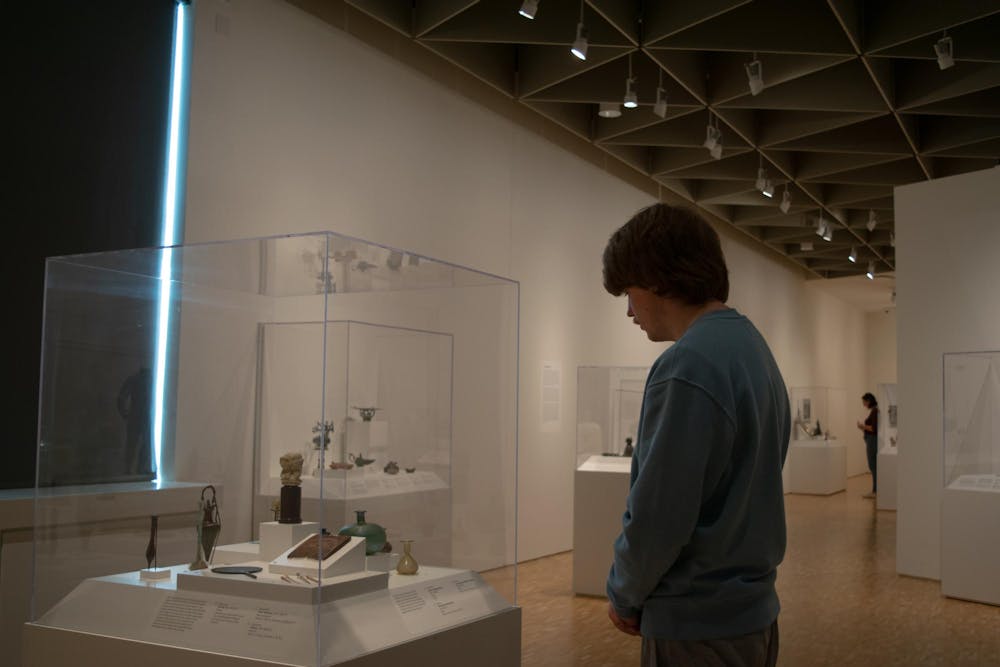“In societies where modern conditions of production prevail, all of life presents itself as an immense accumulation of spectacles. Everything that was directly lived has receded into a representation,” the French Marxist Guy Debord introduces his book “The Society of the Spectacle.”
This quote is a commentary on the conversion of life into a “Spectacle”: a result of modern capitalistic conditions. Under a modern capitalist structure, life is reduced to appearance, and we merely seek the optics of beings and things. This recession of the living to a form of representation can be understood as an extension of commodity fetishism that takes over an individual’s social life, thus alienating them to serve the capitalist cause.
“Father Returning Home” by Dilip Chitre captures the essence of alienation. He illustrates how humans are estranged from the very world they create, from the microscopic perspective of a father who has lost all connections personal and professional. He lives a monotonous lifestyle that is at the core of how separating a human to lead an individualistic lifestyle helps further the capitalist enterprise.
This is because the system wants an individual to seek meaning through consumption. This can only be achieved if all external means of fulfillment, like communal connections, are detached. The process of elevating an inanimate commodity to hold enough value to cause an illusion of fulfillment is essential to keep individuals in monotonous jobs. This isolation leads to people chasing that illusion of fulfillment because they are conditioned to see value in fetishized commodities. This act of devolving humans and elevating commodities keeps the machine running.
We must understand there is an assumption about human nature in Marxist theory: people can lead more meaningful and fulfilling lives if they can freely exercise their natural powers. These natural powers are tendencies and abilities existing as instincts. Instincts develop as the individual goes through socialization, these could be the inclination to create artistic paintings or mechanical instruments. The key is to understand there is something inherent in humans distinguishing them from other animals and giving them creative abilities.
For Marx, humans are naturally productive and do not need a monetary incentive to work. Fulfillment for humans comes from their creations i.e. their labor, the means through which they express themselves. Marx was making a larger point about how factories are structured and how laborers are stuck in monotonous meaningless jobs but this idea of fulfillment through expression can be extended to art and our understanding of its beauty.
This when looked at with Debord’s context makes us question how the structure of the world that we live in affects us. In the lifeless world of the Spectacle, there is still life in art as it seems to be the only medium through which humans can truly express themselves and reap the fruits of their labor. This interpretation of the Spectacle as a social phenomenon in this context is rather broad but essential to understanding the structure of this enterprise.
Think of art appreciation as the act of performing a soliloquy. A soliloquy is often performed alone — a reflective act of speaking one’s thoughts aloud in the context of a play. However, when analogous to the act of appreciating art, we can relate it to a performance, an isolationist reflective task.
Just as a soliloquy may inform the audience about a character’s beliefs and how the script influences the character, appreciating art for an individual vocalizes the experience and perhaps points toward a realization that makes them aware of what they are — it resonates with their identity. In this system, there is just one active agent: the consumer of art.
For an artifact to be examined critically, one must go beyond just what they see to truly evaluate the artifact. An artifact is not just the product of the artist's imagination but an amalgamation of multiple influences. The artist is not an individual; not just because an artifact can be created by multiple artists but also because it acts as a representation of all the social influences induced during the creative process of that artifact.
Vincent Van Gogh’s paintings are an interesting case study of how we see art change through history. Our recognition of his artistic brilliance after his death is evidence of how perceptions change through time. Once unrecognized pieces like “Starry Night” have become a representation of art signifying intense emotions and expressive strength.
This shows that social influences follow the artifact throughout its lifetime with major economic factors like its popularity dictating its commerciality. Of course, the form of the artifact matters as to what externalities impact said artifact. The impact, however, is eternal: an artifact should be looked up to as a living entity constantly changing with time.
Now, we can suggest that the act of appreciating art is an interaction between two living entities. Two subjects with their histories, pressures and influences. As the active agent, it is the consumer's duty to evaluate the life behind an artifact. The truth of this understanding should not be looked upon as something objective or a representation of the artist’s intentions but instead as a subjective confluence of two very complex living beings. The truth represents the consumer’s truth, their reality.
Art is always open to interpretation; a consensus can be formed about certain qualitative aspects of art, but it does not represent an objective rating. The formation of a consensus is indicative of the prevailing social structures in place, whether they be scientific, economic, racial, religious, sexual or even the intersection of these multiple socio-political identities.
This makes appreciating art a difficult task. It’s a task of finding life in a lifeless world, but also a beautifully introspective activity. This can only be done if we recognize the human in art and humanize art.
Advait Save (he/they) is a freshman studying economics and sociology.






